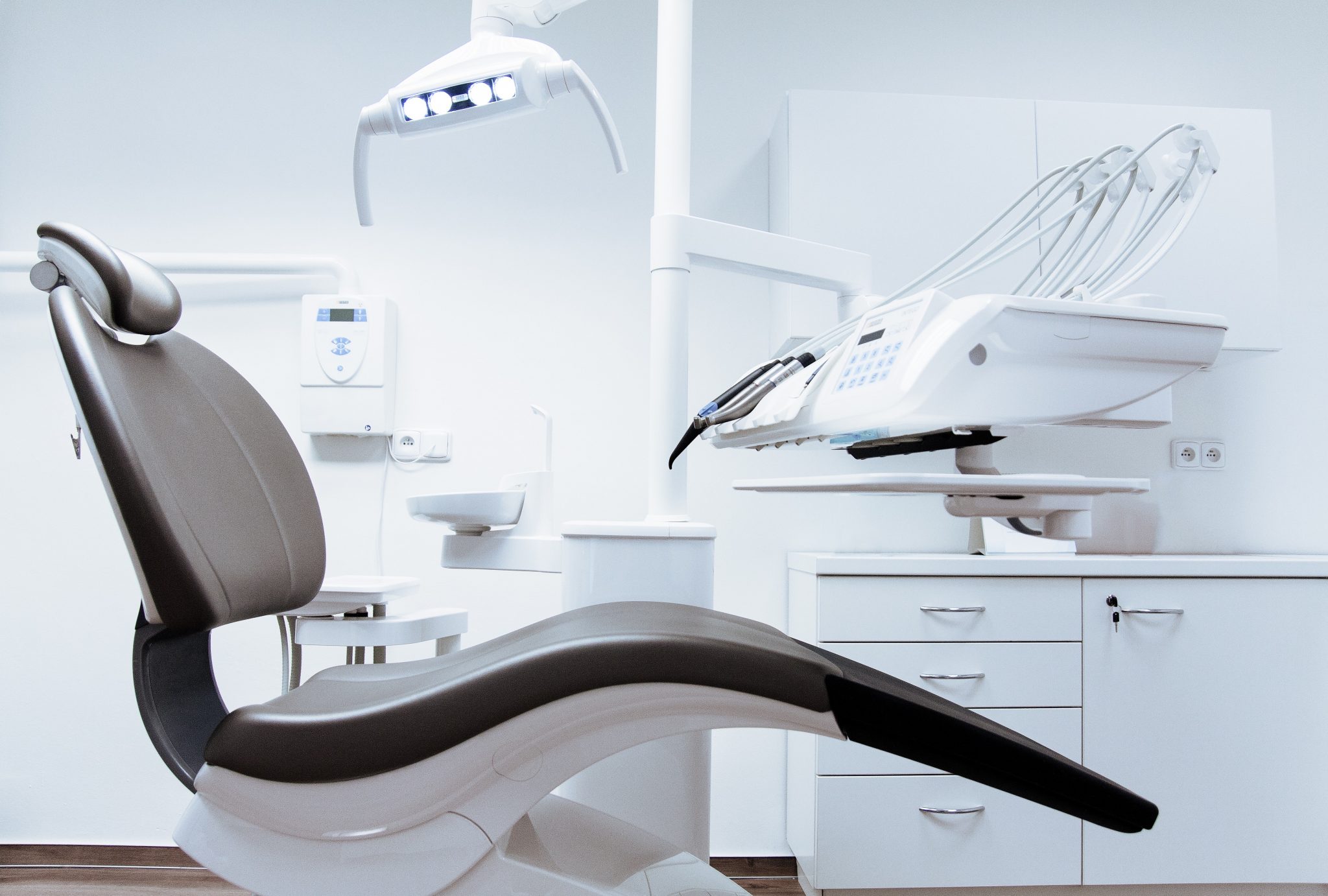
Recognizing Oral Cancer: Signs and Symptoms
Oral cancer involves unusual cell growth in the mouth, lips, tongue, or throat. Detecting it early is key to effective treatment, highlighting the importance of regular screenings. Regardless of age, if you notice any of these symptoms, it’s advisable to get an oral cancer screening:
- Patches of discolouration in the mouth or on the lips, either white or dark red.
- The emergence of unfamiliar lumps or changes in the mouth’s texture.
- Persistent sores that don’t heal, areas of numbness, or continuous bleeding.
- Odd sensations in the tongue, changes in taste, or difficulties swallowing.
Factors Associated with Oral Cancer Risk
Certain behaviours and conditions increase the likelihood of developing oral cancer, including:
- Smoking or using tobacco products like cigarettes, cigars, and chewing tobacco.
- Heavy or moderate alcohol consumption, especially when combined with tobacco use.
- Possibility of human papillomavirus (HPV) infection in the mouth.
- Excessive sun exposure, often related to a sun-exposed lifestyle.
- Poor diet or eating habits.
- Family history of oral cancer.
- Men are more prone to oral cancer than women.
- A history of leukoplakia, which is a thick, whitish-coloured patch that develops inside the mouth.
Prevention, Detection And Treatment Of Oral Cancer
Treatment will be planned on a case by case basis and will heavily depend on the severity, type and location of the suspected cancer.
Spotting early signs of cancer
The goal of an oral cancer screening is to detect cancer or precancerous conditions in the mouth early on. In this exam, your dentist will meticulously examine the interior of your mouth and underneath your tongue for any unusual red or white patches or sores. They will also gently feel the tissues inside your mouth to identify any lumps or irregular textures. The screening might also include your dentist checking the external areas of your throat and neck for abnormal lumps. This preventive measure enhances the likelihood of timely detection and successful treatment should any concerning indicators be present.
Diagnosis and treatment
If your oral screening indicates potential signs of cancer, additional tests may be suggested. This could include a biopsy, where a small sample of the suspect tissue is removed for lab analysis. Imaging tests like X-rays, ultrasounds, CT scans, or MRIs may also be performed to obtain more comprehensive information. In the event of a confirmed tumour, treatment options can range from surgery to chemotherapy or radiation therapy, aimed at effectively treating the cancerous growth. The likelihood of a successful outcome and a better overall prognosis is greatly enhanced by early detection and appropriate treatment. Your healthcare provider will offer guidance on the most suitable approach based on your specific diagnosis and personal circumstances.
Prevention of oral cancer
To proactively prevent oral cancer, there are several steps you can take now. Regular visits to your dentist for routine exams are crucial. Quitting tobacco products and consuming alcohol in moderation will significantly reduce your risk. Be aware of your exposure to direct sunlight and use lip balms with UV protection. Eating a diet rich in fruits and vegetables contributes to overall oral health. Additionally, during your daily brushing and flossing routine, make it a habit to examine your mouth for any signs or symptoms of oral cancer, and promptly report any concerns to your dentist.
Contact us today
to schedule an initial consultation & exam.
Your consultation will include an examination of everything from your teeth, gums and soft tissues to the shape and condition of your bite. Generally, we want to see how your whole mouth looks and functions. Before we plan your treatment we want to know everything about the health and aesthetic of your smile, and, most importantly, what you want to achieve so we can help you get there.
Frequently Asked Questions
If you possess any of the risk factors associated with oral cancer, it is highly advisable to request an oral cancer screening during your routine dental examination. Furthermore, if you notice the presence of an unusually coloured or textured patch in your mouth, or if you detect a lump or suspicious sore, it is strongly encouraged to promptly schedule an appointment for a thorough evaluation. Early detection plays a vital role in effective treatment, so taking proactive steps to address any potential concerns is crucial for your oral health and overall well-being.
Your dentist will examine your lips and the inside of your mouth including your cheeks, gums and all sides of your tongue. They will also carefully feel around for any lumps or unusual textures. The dentist may also feel your face, jaw, throat and neck for unusual lumps or tenderness.
Begin by washing your hands with warm, soapy water. Stand in front of your bathroom mirror and conduct a thorough examination of your oral cavity. Take a look at the roof of your mouth, your lips, tongue, and gums. To inspect hard-to-reach areas, gently pull your top lip upward and your bottom lip downward. For a better view of your tongue, consider using a piece of gauze or a cotton pad to help grip it and examine its sides and underside.
While examining, pay attention to any colour changes, lumps, bumps, unusual textures, or areas of tenderness. Additionally, use your fingers to feel the inside of your mouth for any abnormalities. If you notice any sores that have not healed within two weeks, make sure to inform your dentist about them during your next appointment. Regular self-checks like this, combined with professional dental visits, contribute to maintaining good oral health and timely identification of any potential issues.
Keep an eye out for small, generally painless, flat patches that may display various colours like red, white, grey, or yellow, often with red edges. These patches can manifest anywhere in the mouth, including the lips, gums, cheeks, tongue, and the roof of the mouth. As a precautionary measure, it’s essential to have any unusual-looking or unusual-feeling patches examined by your doctor or dentist. Timely evaluation and diagnosis can aid in the early detection and appropriate management of any potential concerns related to your oral health.
Most dentists perform an examination of your mouth during a routine dental visit to screen for oral cancer. Some dentists may use additional tests to aid in identifying areas of abnormal cells in your mouth.
Oral cancer screening aims to detect mouth cancer at an early stage, where the chances of successful treatment are higher. During routine dental check-ups, most dentists conduct a thorough examination of your mouth to screen for oral cancer. Some dentists might also employ supplementary tests to help pinpoint any areas with abnormal cells in your mouth.






